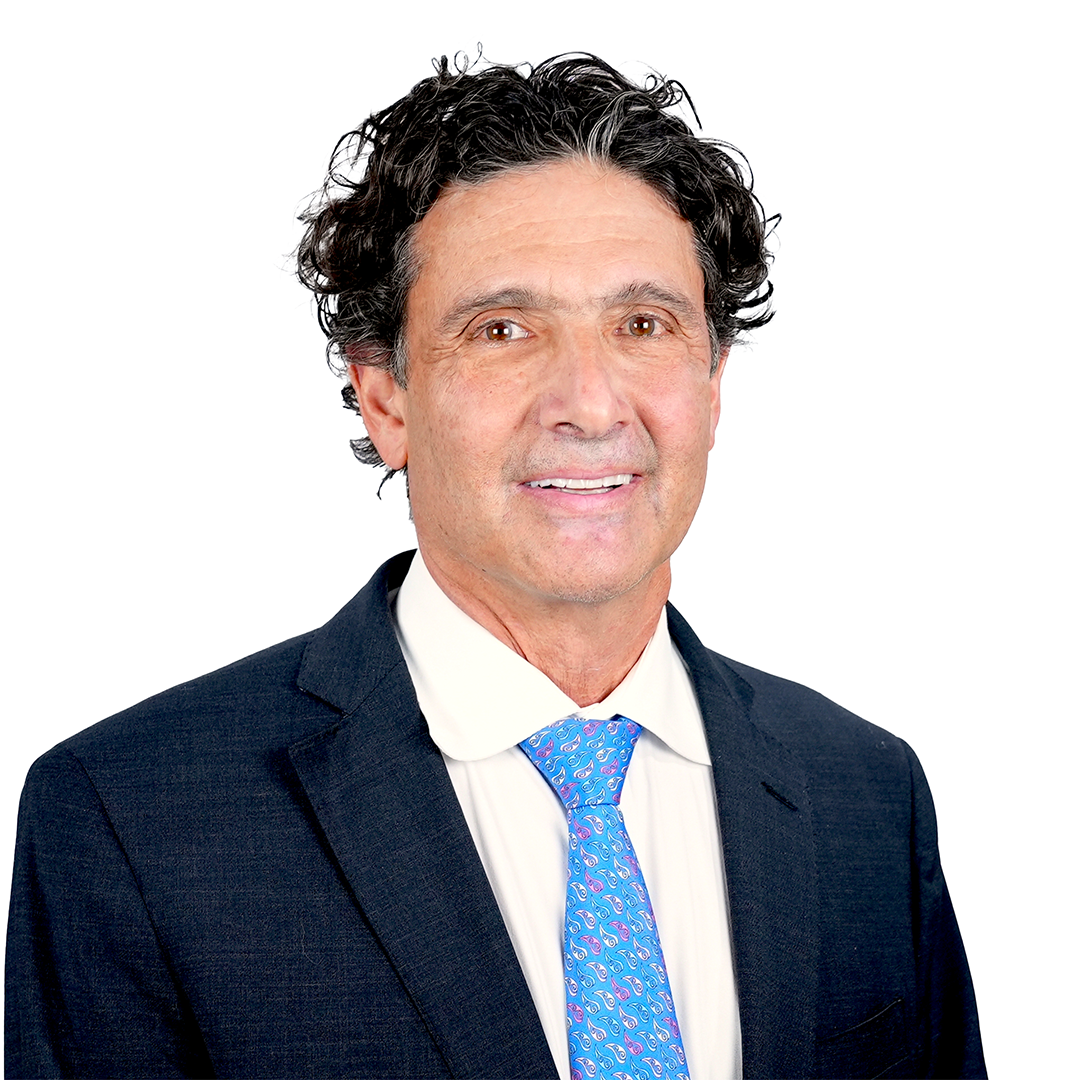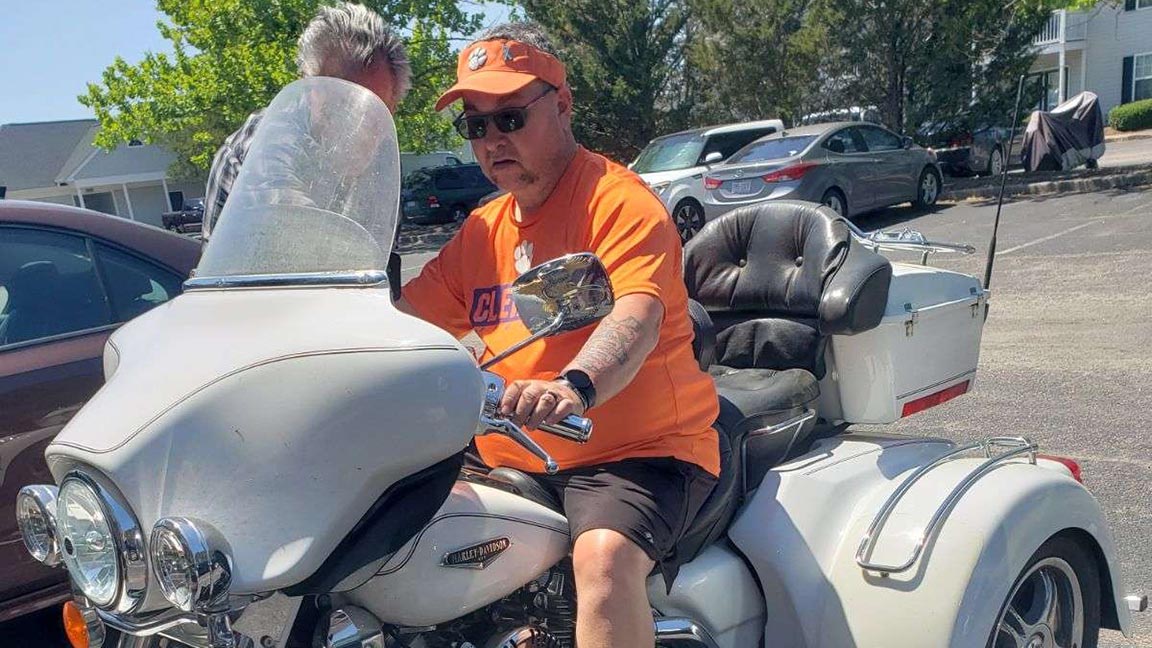A career as a long-haul truck driver left Bryan Thompson with a damaged spinal disc in his lower back and chronic pain that severely limited his ability to get around.
“I could walk some short distances,” says Thompson, 48, of Myrtle Beach. “But if I was going to be walking a lot, I had to be pushed in a wheelchair.”
Back surgery in 2021 removed some of the damaged tissue and bone spurs from his lower back, but it did little to relieve the pain running down his legs from his damaged sciatic nerve.
Physical therapy provided little relief, and steroids aggravated his diabetes.
A new option
Dr. Bert Fichman, who specializes in treating chronic pain at Tidelands Health Pain Management Services at Murrells Inlet, offered Thompson another option to relieve his pain: a spinal cord stimulator.
The implanted device, similar to a pacemaker, sends an electrical pulse along a targeted nerve, overriding the pain signal that normally uses the nerve. It works like a phone line: while one call (the stimulator) is in progress, another call (the pain signal) can’t get through.
“Generally, the goal is to change the pain signals that are coming from your back and extremities,” Dr. Fichman says.
Process
More than 30,000 people a year receive spinal stimulators to help them deal with chronic pain. Unlike a pacemaker, which doctors adjust, patients can control the degree of stimulation they receive from a spinal stimulator.
The approach is typically for people who haven’t found relief through other options. The treatment begins with a week-long trial period during which stimulator wires are inserted but not surgically implanted and the patient assesses how well the device is reducing their plan.
Enjoying this story? It’s free to republish. Learn more.
The trial period is designed to test how much relief the patient receives from spinal stimulation. Typically, if the patient feels at least 50 percent less pain, doctors can move to the next phase: implanting the stimulator, which is a minor surgical procedure.
By using the stimulator, patients can cut back on medications and restore function and quality of life, Dr. Fichman says.
Thompson reported nearly total relief during his spinal stimulator test earlier this year – something that doesn’t always happen, according to Dr. Fichman.
“I think he’s an exceptional patient to have that kind of response,” Dr. Fichman says. “It’s not usually that dramatic, but most patients benefit from significant relief if they had a successful trial.”
Major improvement
Thompson says his son was surprised to see how active he was after receiving the stimulator. His smartwatch recently recorded him walking more than 10,000 steps for the first time in a long time.
Before his surgery, Thompson said the pain in his back forced him to give up his beloved Harley-Davidson motorcycle – it hurt too much to hold the bike up. Rather than give up riding, however, he moved to a three-wheeled trike he didn’t have to support.
With the relief provided through the spinal cord stimulator, he’s enjoying his rides on the trike now more than ever.
“Now, with having this thing in me, I don’t have the numbness [from sciatica] down my leg and tingling in my foot,” Thompson said. “It’s just rejuvenated me. I’ve got better mobility, everything.”

Dr. Bert Fichman
Pain management physician, Tidelands Health Pain Management Services
Call to Schedule
Bio
Dr. Bert Fichman is a board-certified anesthesiologist and pain management physician who provides care at Tidelands Health Pain Management Services at Murrells Inlet.
Learn MoreMedical Education
Education
- Albany Medical College, Albany, NY
Residency
- Bellevue Medical Center, New York University
Fellowship
- New York University Medical Center, obstetrics and cardiothoracic
Awards
Board certification(s):
American Board of Anesthesiology in both anesthesiology and pain management
American Board of Hospice and Palliative Medicine
Meet the Expert
Dr. Bert Fichman
Call to Schedule
Dr. Bert Fichman is a board-certified anesthesiologist and pain management physician who provides care at Tidelands Health Pain Management Services at Murrells Inlet.






